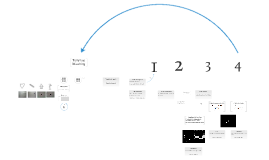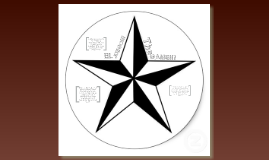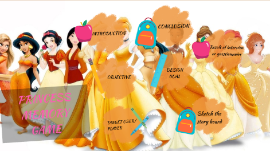Template Matching
Transcript: Assets Mary Wollstone Craft Elizabeth & Lashmi Comment Feature-based Matching Applications in Real-world Scenarios Statistical Matching Importance in Image Processing Template matching is critical in diverse sectors such as medical imaging, facial recognition, and automated inspection. For example, it is used in medical diagnostics to match patterns in MRI scans, improving accuracy in disease detection. Template matching serves as a reliable method for image recognition, facilitating tasks like object detection and tracking. Its straightforward approach enables quick implementation in real-time applications, making it invaluable in areas such as surveillance, robotics, and quality control. Statistical matching analyzes pixel values statistically to find similarities between the template and the target image. Methods like Mean Squared Error (MSE) or Normalized Cross-Correlation are used, providing a statistical framework for matching accuracy. Feature-based matching identifies distinct features within the template and the target image, such as corners or edges. This technique is robust to changes in orientation and scale, facilitating effective recognition in varied environments. Normalized Cross-Correlation (NCC) Definition of Template Matching Normalized Cross-Correlation (NCC) addresses the limitations of standard cross-correlation by normalizing intensity variations. This allows for more robust matching under differing lighting conditions, making it a preferred choice in various computer vision applications. Template matching is an image processing technique that locates and identifies a sub-image (template) within a larger image. It operates by sliding the template across the image and assessing similarity at each position, making it suitable for various visual recognition tasks. did he write a book? Edge-based Matching Cross-Correlation Full Template Matching Edge-based matching focuses on detecting edges within images, utilizing gradients to identify shapes and contours. This method enhances accuracy in identifying objects irrespective of texture or color variations, thus improving overall matching performance. Cross-correlation measures the similarity between a template and image by sliding the template over the image and calculating the correlation coefficient. Higher values indicate a better match, often used in location identification and object recognition tasks. In this book, Wollstonecraft argues that women are not naturally inferior to men, but that they have been denied the education and opportunities necessary to fully develop themselves.She advocates for gender equality, promoting the idea that women should have access to education and the ability to participate in public and political life. Sum of Squared Differences (SSD) Full template matching involves searching for a complete and exact match of a template image within a target image. This method excels when the object’s scale, rotation, and lighting are consistent, ensuring high accuracy during detection. The Sum of Squared Differences (SSD) calculates the sum of the squared differences between pixel intensities of the template and the image. This method is efficient but sensitive to noise and illumination changes, making it important to pre-process images before application. Methods of Template Matching Template matching employs various methodologies to accurately detect and match templates within images. This section outlines pivotal techniques including cross-correlation, SSD, NCC, and edge-based matching, highlighting their unique applications and strengths. Types of Template Matching Template matching encompasses various types, each tailored to specific image processing requirements. Understanding these types is crucial for selecting the most effective method for different applications. Real-time Processing Advances Enhanced Accuracy Solutions Advancements in computational speed allow for real-time template matching applications. These innovations are critical in fields like autonomous navigation and surveillance, where timely decisions are essential. Novel algorithms are being developed to mitigate common errors in template matching. Techniques like deep learning-based approaches provide significant improvements in identifying objects in complex scenes. Tools and Libraries for Template Matching Variability in Scale OpenCV Challenges in Template Matching Template matching can be efficiently implemented using several robust tools and libraries that provide various functionalities tailored for image processing. These tools help developers and researchers streamline their workflows and enhance accuracy in matching templates across images. Variability in scale is a significant challenge as objects may appear larger or smaller in images due to distance or zoom levels. This can lead to inaccurate matching unless templates are adapted for multiple scales or multi-scale approaches are employed. OpenCV (Open Source Computer Vision Library)

















